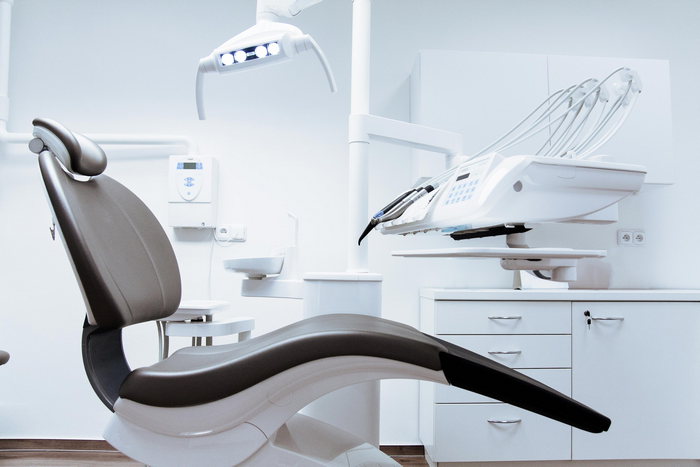Smile Enhancers
| 29 Jun 2017

If you endured drillings, fillings, braces, and more fluoride treatments that you can count, and you still don’t have the fabulous smile you wanted to show for it, all is not lost. Chipped, discolored, and even missing teeth can be fixed through a variety of cosmetic dentistry procedures that not only will improve your appearance, but also will boost your confidence.
“We’ve seen a lot of changes in people in our office in just the way they present themselves,” says Dr. Wes Urich, a dentist in Minneapolis and the current president of the North Central Region chapter of the American Academy of Cosmetic Dentistry.
One of the simplest and most common smile enhancers is bleaching. Used to remove stains caused by coffee, tea, or tobacco, or to brighten yellowing teeth, bleaching uses a whitening gel that is applied to a custom-fitted plastic mouth guard. The guard is then worn at home for an average of four to fourteen days, depending on the starting color of the teeth and the end color desired.
Bonding usually can change the shape and color of teeth in a single visit. The procedure involves applying a tooth-colored composite resin to the tooth’s surface which hardens and can then be polished to match the surrounding teeth. It is often used to close gaps between teeth, repair chipped teeth, or cover discolored teeth that do not respond to bleaching.

A veneer is a thin, semitranslucent laminate that is permanently bonded to the tooth’s surface. Urich likens an exterior to a fake fingernail that goes over the front of the tooth. The procedure typically requires two office visits and is used to fix many of the same problems as bonding.
Most problems related to worn and chipped teeth can be traced to improper function. These teeth can’t be fixed until the underlying problem is solved. “Not every case is as easy as whitening the teeth in a week,” Urich says. “Sometimes it takes a couple of years to accomplish the goal.”
While the thought of wearing braces might be enough to keep an adult away from the orthodontist’s chair, there are new alternatives to the traditional metal kind we all remember. Today’s “invisible” options include clear porcelain and an orthodontic technique whereby the braces are placed behind the teeth.
“A lot of people are doing everything to make their body look and feel good,” Urich says. “We want them to know that there is a lot we can do to make their teeth look good too.”
